Academic Prosperity in Economics

Already well-respected on the national landscape, Stetson’s Department of Economics has seen a measurable rise on the excellence meter, including globally.
As the Fall 2024 semester began, department chair Khushbu Mishra, PhD, announced that the Bachelor of Science in Economics had achieved a STEM designation as part of the U.S. Department of Homeland Security STEM Designated Degree Program. Fewer than 2% of private liberal arts universities nationwide have the requisite components to qualify for the distinction. Now, among those few is Stetson.
In addition, before the fall semester started, two juniors completed the ultra-competitive Expanding Diversity in Economics Summer Institute at The University of Chicago’s Becker Friedman Institute for Economics and the Hutchins Center on Fiscal and Monetary Policy at the Brookings Institution in Washington, D.C. There were nearly 1,000 student applications for entrance, only 45 were selected, including Stetson’s Abigail Radisky and Alex Faulkner.
Strongly Quantitative Economics

A STEM-designated program is an academic program that falls under at least one of the approved categories from the Department of Homeland Security. The categories are recognized by the government for their focus on measurement-centric (quantitative) science, technology, engineering, and math topics. As such, the new STEM for the Economics Bachelor of Science degree represents extra, and uncommon, effort. That’s because the designation requires substantial quantitative work, which typically isn’t offered in high education across the United States.
A typical bachelor’s degree in economics requires one statistics/econometrics class, at most, and does not require a research project. Nationally, only 2.5% of economics degrees require advanced Econometrics, and that percentage is even lower, at 1.9%, for liberal arts colleges. In comparison, Stetson’s BS in Economics includes Intermediate Microeconomics with Calculus and three statistics classes (Intro to Statistics, Econometrics I and Econometrics II), plus a two-part senior project sequence (Senior Research Proposal and Senior Research Thesis).
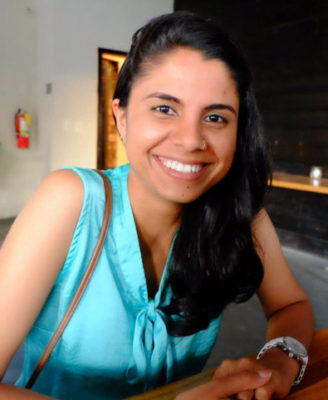
“We have a more robust and strongly quantitative program that we offer at Stetson, which is not a norm at other institutions, especially not a norm at a small liberal arts college. In our department, all of us as full-time faculty have active research agendas, and we’re all applied economists,” explained Mishra, an associate professor. “We use real-world data to find solutions to work towards results. So, we have the training to be able to provide our students with the quantitative skills that they need. … Offering such a strong quantitative program qualifies us in the STEM designation.”
The impacts are widespread, Mishra added, pointing to the effective career preparation at Stetson. “We are preparing students who are better able to deal with numbers and look at graphs — look at information and make sense of information. … Our students have gone everywhere from working for the federal government to working for economic consulting firms to going to really good grad schools for master’s program and PhDs, you name it,” she commented.
Further, the STEM designation also stands to greatly benefit Stetson’s international students. The designation now allows international BS Economics majors to qualify for a STEM extension to their Optional Practical Training, or OPT. OPT is an optional work authorization that international students can apply for when they are readying to graduate, granting them a total of 12 months of U.S. work authorization post-graduation. A STEM extension on that Optional Practical Training adds 24 months of U.S. work authorization, bringing the OPT post-graduation total to 36 months.
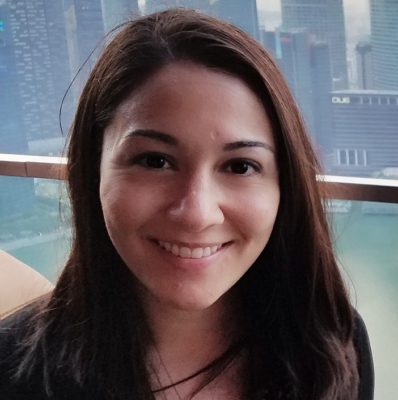
“It’s definitely appealing for international students who want to get a few years of work experience in the U.S. before either returning to their home countries or trying to get visa sponsorship from a U.S. employer,” said Paula Hentz, M.Ed, Stetson’s senior international officer and director of Global Initiatives. “It will allow our international Economics majors to stay in the U.S. for up to three years following graduation and get valuable work experience.”
STEM-Designated Programs at Stetson
- Applied Mathematics
- Biochemistry
- Biology
- Business Systems and Analytics
- Chemistry
- Computer Information Systems
- Computer Science
- Cybersecurity
- Economics/BS
- Environmental Science
- Environmental Studies
- Mathematics
- Molecular and Cellular Biology
- Physics
- Psychology
- MaCC Accountancy
- MBA Business Administration
Conferring with ‘Financial Gurus’
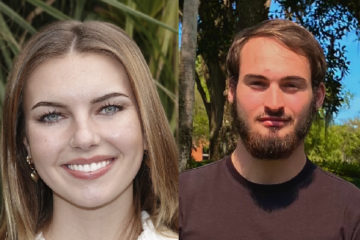
For Abigail Radisky and Alex Faulkner, the Expanding Diversity in Economics Summer Institute promised education and insight of the highest order. And the prestigious conference delivered, not only impacting summer studies, but also perhaps changing career directions. From June 6 to June 29, the experience was “amazing,” described Faulkner, an Economics major.
“It was not what I had imagined it would’ve been,” he said. “Starting off, it was a different pace to what we’re used to at the undergrad level. I would say it was mostly graduate-level economics and graduate-level courses. And for me, at first it was a bit intimidating, but you soon adjust. And, of course, as an undergrad, I wasn’t going to take in everything. So, I sat and listened, and I absorbed a lot of information very quickly. And I thought one of the most special things about this was the amount of information that we were given.”
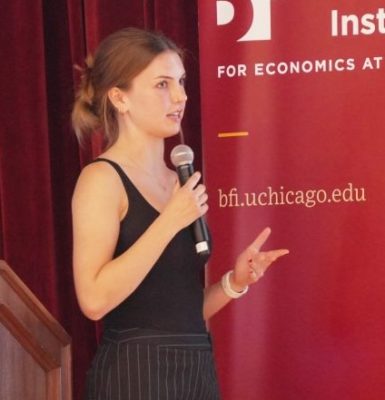
“I wasn’t sure if I’d fit in, since I’m not majoring in Economics; my background is in Digital Arts and Marketing,” said Radisky. “But economics is still an area that I am interested in, and I ended up learning so much through the faculty and guest lectures, as well as the projects and activities. One of the most surprising things was realizing just how broad economics is — it’s not limited to GDP [Gross Domestic Product] or supply and demand. It actually touches almost every aspect of life globally.”
In Chicago, at the Becker Friedman Institute of Economic Research, two to four lectures were presented daily from top economists, along with two guest speakers and site tours of federal financial institutions. Among the economists was Michael Greenstone, director of the Energy Policy Institute at The University of Chicago and director of its Climate and Energy Institute.
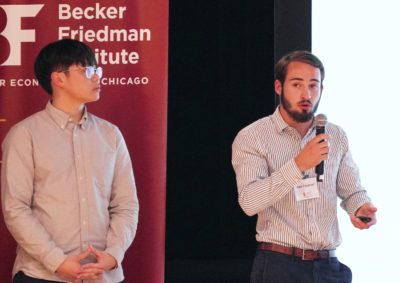
At the Hutchins Center in Washington, the focus was on learning about public policy and economics in the public sector from other “financial gurus,” as Faulkner called them. One was Ben Bernanke, former chair of the Board of Governors of the Federal Reserve System (2006-2014). Bernanke oversaw the central bank’s response to the 2008 financial crisis and the Great Recession. At the conference, Faulkner was even selected to interview Bernanke, an experience the student described as “eye-opening.”
“A lot of people put these gurus on the pedestal, but it’s important to see that they’re professionals; you learn that they’re just people and that they have a lot to teach,” Faulkner said. “ … I really appreciated that [interview] opportunity and really appreciated that I was prepared.”
Among Radisky’s highlights was listening to Michael Kremer, PhD, faculty director at the University of Chicago’s Development Economics Center. Kremer spoke about his research on water treatment in low- and middle-income countries. “His team experimented with ways to treat water using minimal chlorine, aiming to distribute safe water to reduce child mortality. This was just one example, but it really struck me. The way he approached economics in his work felt like a blend of science and business, experimenting to discover solutions. … Another highlight was learning about the role of digital art in economics.”
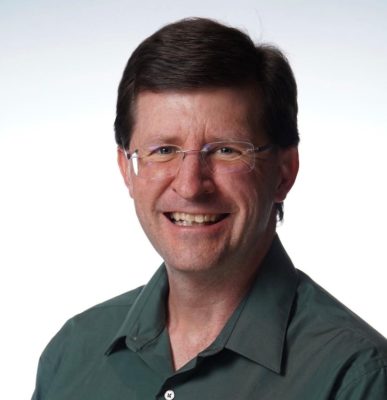
Alan Green, PhD, professor and director of Stetson’s Global Development Program, who teaches Faulkner, was especially gratified to hear about his student’s success.
“I think our students are used to that. And so they aren’t intimidated by these big-name famous economists. I think who we are at Stetson, what we do here, prepped him for this [conference experience,]” Green said, adding that last spring he used a past keynote address by Greenstone twice as part of classroom instruction.
Faulkner, already a top student, believes the conference will have a career impact on his future.
“This allowed me to look at questions that are asked in professional economics and research,” he said. “It’s what people do, and it’s what we’re getting trained for. … It only gave me a bigger passion to learn and pursue economics and economic research in the private sector in many different industries.”
Ditto for Radisky, citing the experience broadened her perspective.
“The openness and genuine interest of the people I met made me feel more confident in pursuing interdisciplinary roles,” she said. “I now see that there are many ways to contribute to fields that combine economics, public policy and even visual communication, which has left me feeling inspired and excited about my future path.”
-Michael Candelaria
